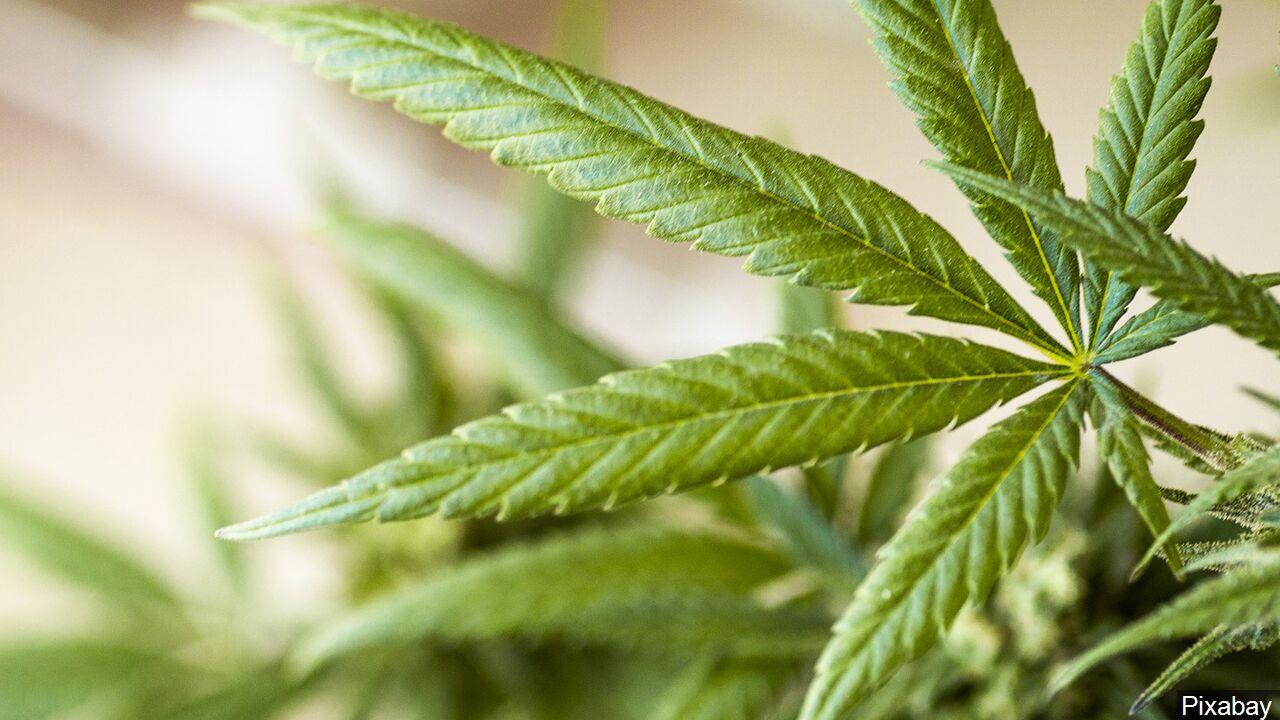You are here
Home 🌿 Recreational Marijuana News 🌿 Cannabis Spending in Canada Exceeded $2 Billion in 2020 🌿Cannabis Spending in Canada Exceeded $2 Billion in 2020

It’s no surprise that Canada has been killing it when it comes to cannabis spending in their legal, nation-wide market. It’s also common knowledge that, despite the hit the global economy took in 2020, cannabis is one of the only markets that not only survived, but thrived. But it’s still shocking to see just how much money Canadians spent on cannabis in 2020. And yes, we are talking about flower, not the entire cannabis industry.
According to a quarterly, retail commodity survey from Statistics Canada, Canadians bought $2.01 billion worth of dried cannabis flower last year. Flower definitely appears to be the preferred consumption method for Canadians, as it made up more than three-quarters of all sales from cannabis spending last year.
This high-grossing category includes pre-rolls, and specifically, the fourth quarter saw nearly double the amount sold in 2019, indicating that cooped-up Canadians were turning to flower as a way to self-medicate and recreate during the pandemic. A total of $614.4 million in cannabis flower was sold during the first quarter.
Behind flower, the next category of cannabis consumption spending was the extracts and concentrates category, which brought in $323.9 in sales last year. While this is still an impressive number, it doesn’t rival the flower sales in the country.
Part of the reason why flower consumption is so much higher than other categories may be because it is the format the country is most familiar with. Extracts and concentrates were only made available for legal sale as of October of 2019, so this type of consumption outside the illicit market is still relatively new for most Canadians. Sales still surged in this category, however, tripling by the fourth quarter to hit $123.7 million during the last quarter of the year.
Following behind concentrates are edibles, another product that hit the market at the same time as extracts and concentrates became legal. However, they did not do nearly as well in sales as flower or concentrates, only bringing in $42 million in sales last year according to the report. This includes infused foods and drinks, and the data shows that edibles may not be as popular a product in Canada as was previously expected. Oil products took the lead over edibles with $172.7 million in sales.
Additionally, about $1.5 million of cannabis seeds and plans were sold, a sign that the now-legal home grow market is going to do well, as Canadians get used to the idea of fewer regulations and more control over their cannabis consumption experience.
Cannabis Spending Is Up, Opiate Use Is Down
Incidentally, Canadians have seen a decline in opiate use since cannabis became legal, according to a study from the University of Toronto.
“On 17 October, 2018 recreational cannabis became legal in Canada, thereby increasing access and reducing the stigma associated with its use for pain management,” the study’s abstract explains in an overview of the findings. “This study assessed total opioid prescribing volumes and expenditures prior to and following cannabis legalization.”
“The legalization of cannabis coincided with a marked drop in opioid volumes prescribed in Canada.’” the official report on the study’s findings concluded.
Since cannabis has been legal in Canada, harmful opiate use is down, with more people turning to flower to medicate instead of a prescription.
All in all, this report shows that Canada has a growing, blooming market that is just going to continue to thrive as the world opens back up, and as the nation gets ready for legal cannabis. But, those planning on getting into selling edibles or concentrates over flower might want to rethink their approach and figure out how to really target the market, since flower is the clear frontrunner.
420 Intel is Your Source for Marijuana News
420 Intel Canada is your leading news source for the Canadian cannabis industry. Get the latest updates on Canadian cannabis stocks and developments on how Canada continues to be a major player in the worldwide recreational and medical cannabis industry.
420 Intel Canada is the Canadian Industry news outlet that will keep you updated on how these Canadian developments in recreational and medical marijuana will impact the country and the world. Our commitment is to bring you the most important cannabis news stories from across Canada every day of the week.
Marijuana industry news is a constant endeavor with new developments each day. For marijuana news across the True North, 420 Intel Canada promises to bring you quality, Canadian, cannabis industry news.
You can get 420 Intel news delivered directly to your inbox by signing up for our daily marijuana news, ensuring you’re always kept up to date on the ever-changing cannabis industry. To stay even better informed about marijuana legalization news follow us on Twitter, Facebook and LinkedIn.




